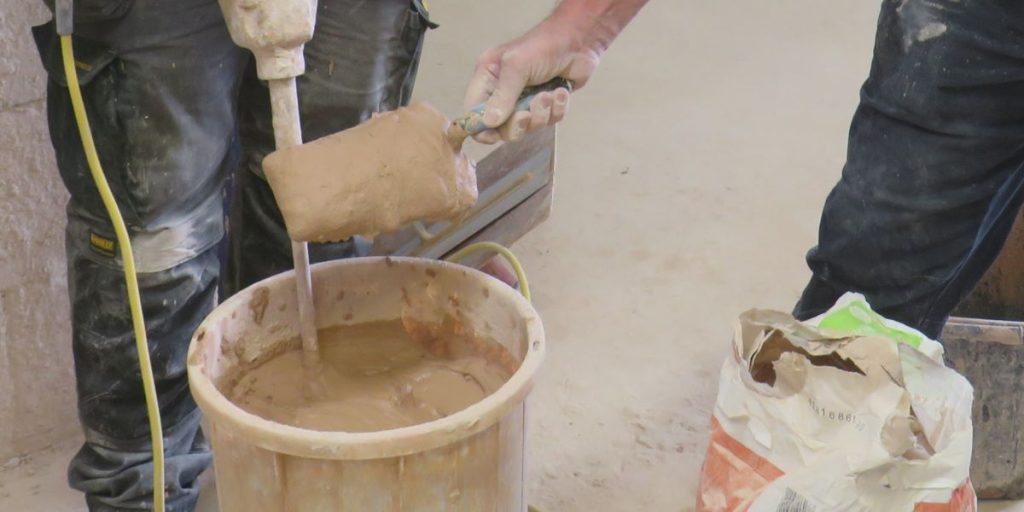
Whether you have been working in the industry for some time, or are just beginning your training, being able to work on site is something that many plasterers will want to add to their services at some stage.
If this is something that you’re considering, whether it’s now or further down the line, it’s important you understand what training and qualifications you might need to think about before being able to begin site work.
Would I suit site work?
Site work is unsurprisingly very hands-on, and suits those who enjoy physicality in their day-to-day work.
High attention to detail is also crucial when working on site. You’ll be forming a key part of a larger project, and delivering quality work is one of the best ways you can build a strong reputation for yourself, often leading to more work in the future.
You’ll also often be expected to work on site alongside several other tradespeople across different sectors, so good communication and the ability to work well in a team will come in handy.
How do I learn the ropes?
There are numerous routes available for those looking to build a plastering career, including apprenticeships, college courses and dedicated training centres.
For those with no prior experience in the industry, an introductory plastering course is a great way to get a taste for the profession while opening the door to further training and formal qualifications.
If you want to train to an industry-ready standard, and reach the level required for site work, then the eight-week NVQ Level 2 plastering course offers an in-depth package of practical learning that will develop your skills to where they need to be.
What requirements are there before a plasterer can work on site?
It is now a requirement on nearly all UK construction sites for tradespeople to hold a CSCS card. To obtain this, plasters will need to complete their NVQ Level 2 before passing a CITB Health, Safety & Environment (HS&E) test.
The only exception to this is that trainee plasterers who are yet to achieve their NVQ can apply for a red CSCS card, though this is designed strictly as a temporary measure while a person completes their training and qualifications.
Different levels of CSCS cards are available based on the different levels of experience, ranging from the red trainee card, through to the black management level CSCS card.
Why choose the NVQ Level 2 plastering course?
If you want to be in a position to take on site work as quickly as possible, then the NVQ Level 2 plastering course offers one of the most efficient routes for doing so.
Over eight weeks of hands-on training and assessments, you will gain the skills and knowledge required to begin working as a full-time plasterer.
At this point, you’ll be in a position to pursue your NVQ. This involves having an assessor visit you in the workplace where you can prove your skill level and competence in the field.
Once this assessment is successfully completed, you can apply for your CSCS card and begin working on site.
You can find more information about all of the plastering courses on offer at Able Skills here. If you have any questions or need any kind of advice, feel free to visit us in the training centre whenever we’re open and we’d be happy to chat.